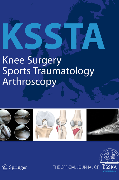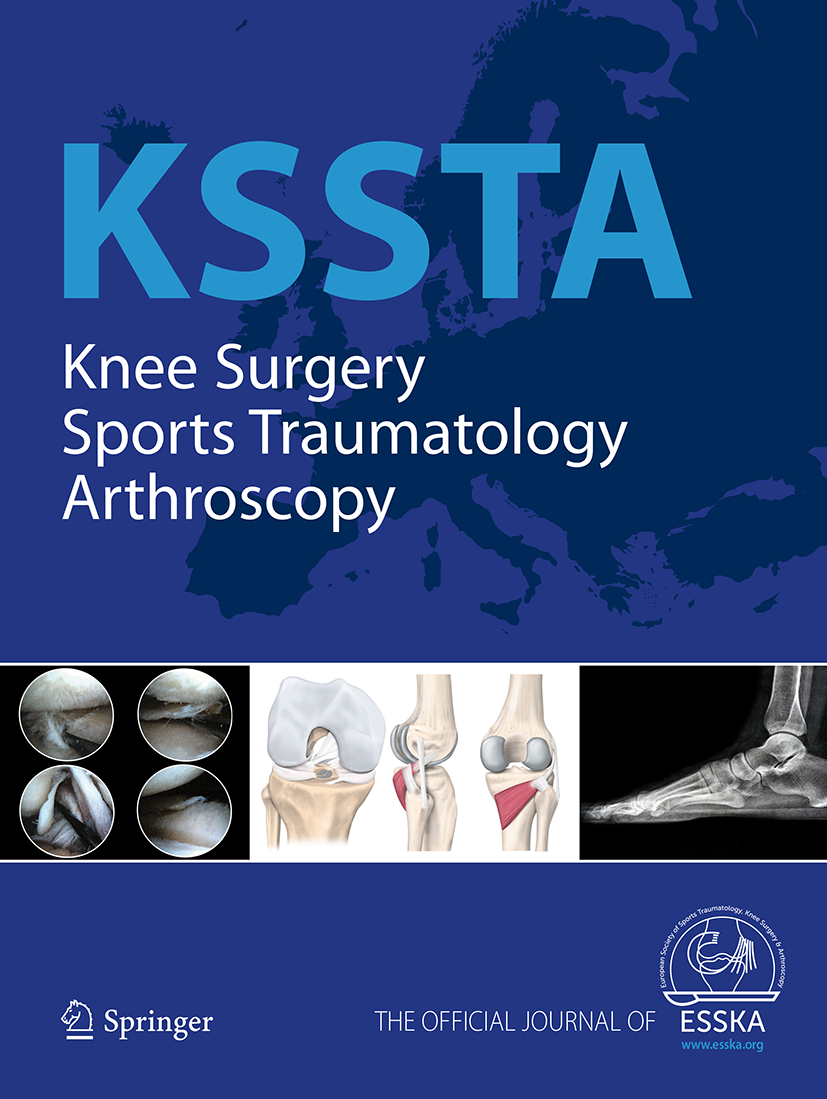
Lateral retinaculum plasty versus release in MPFL reconstruction for patellar dislocation management .
Lateral retinaculum plasty instead of lateral retinacular release with concomitant medial patellofemoral ligament reconstruction can achieve better results for patellar dislocation
Knee Surg Sports Traumatol Arthrosc. 2018 Oct;26(10):2899-2905. doi: 10.1007/s00167-017-4798-x59 patients with recurrent patellar dislocation and scheduled for medial patellofemoral ligament reconstruction were randomized to either concomitant lateral retinaculum plasty (LRP) or lateral retinaculum release (LRR). Patients were assessed over a minimum of 2 years follow-up for outcome primarily related to the medial patellar glide test and the apprehension test,, as well as the Kujala score and CT results. An overall significant difference between groups was observed in grading of the medial patellar glide test; more patients of the LRP demonstrated a test result of two quadrants movement, while a high number of patients in the LRR group demonstrated a test result of 3 or more quadrants movement. In addition, a higher postoperative Kujala score at 2 years was observed in the LRP group compared to the LRR group.
Unlock the Full ACE Report
You have access to 4 more FREE articles this month.
Click below to unlock and view this ACE Reports
Unlock Now
Critical appraisals of the latest, high-impact randomized controlled trials and systematic reviews in orthopaedics
Access to OrthoEvidence podcast content, including collaborations with the Journal of Bone and Joint Surgery, interviews with internationally recognized surgeons, and roundtable discussions on orthopaedic news and topics
Subscription to The Pulse, a twice-weekly evidence-based newsletter designed to help you make better clinical decisions
Exclusive access to original content articles, including in-house systematic reviews, and articles on health research methods and hot orthopaedic topics
































































